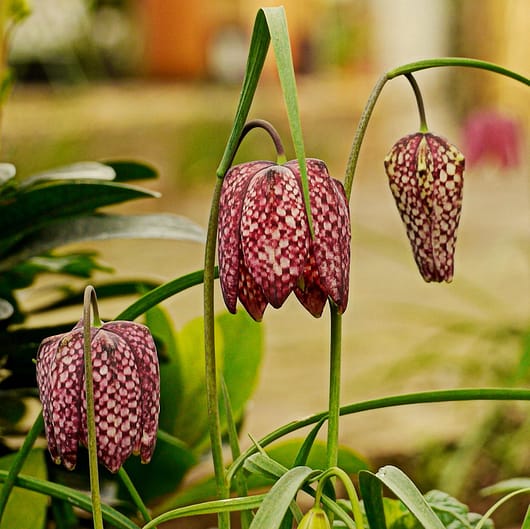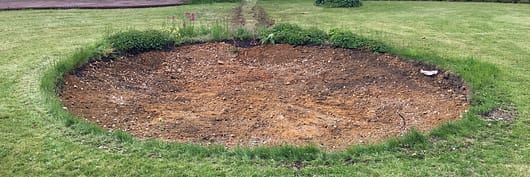In the wake of Storm Dennis, we couldn’t help but be left thinking about ways that our gardens could be designed to sustainably reduce the risk of flooding in our towns and villages. It just so happens that there’s a garden design concept with a rather evocative name that does just the job – Rain Gardens.
These environmentally friendly flood defenses have been championed in New Zealand, Australia and the USA, as a way for gardeners to help to reduce the problem of flash flooding in built up areas.
As heavy rains run off impermeable surfaces such as roofs, patios and roads, our drains become overwhelmed and flooding occurs. By creating rain gardens, gardeners can not only slow the rush of water on its way into the drainage system, but in the process it’s also filtered and cleaned, reducing the pollution that reaches our water-courses and, therefore, protecting the wildlife that calls these places home.

So what is a rain garden?
A rain garden is a basin in the landscape, filled with moisture absorbing yet free draining soil. They are then planted with flood tolerant plants. The idea is that they emulate how undeveloped land slows and dispurses rainwater naturally. This helps to reduce the volume of fast flowing runoff into drains from impermeable surfaces.
There are many advantages to rain gardens, not only are they up to 30% more absorbent than lawns and, as such, reduce the risk of waterlogging but they’re also low maintenance and provide a fantastic habitat for wildlife.

Positioning rain garden?
There are a few things that to take into account when picking a location for a rain garden:
- Rain gardens should be positioned at least 3 metres away from buildings and care should be taken to avoid tree roots.
- Avoid buried amenities such as gas and water pipes
- The perfect spot is a sloping site less than 12% in gradient, sloping away from any buildings.
- Rain gardens should, where possible, be positioned in an area that gets full sunlight.
To check the effectiveness of any site, a percolation test is a must. This entails digging a hole of at least 250mm deep, adding water and then allowing it to drain a few times, whilst recording the speed at which it drains. Only if it drains at 50mm per hour or more has the suitable spot been found.
Building a rain garden.
For optimal functionality, rain gardens should be 20% of the size of the roof or hard surfaces which are generating rainfall runoff to the garden.
The water should run to the rain garden without meeting obstacles on the way; this is usually done by using either a rain chain, a brick gully or a rill.
The bottom of any rain garden should be excavated flat, as this provides the best infiltration. The soil that has been removed is then blended with organic matter and gravel, and placed back into the hole until flush with the original ground level.

Surrounding this is a ‘burm’ or ‘berm’ which keeps the water enclosed and at its lowest point the burm should have a notch allowing excess water to exit. Adding gravel helps to reduce leaching of the soil by slowing down the water’s departure.
Finally, it’s time to pick aqua-loving, bog-friendly plants that complement the environment and blend with the plant style of the garden as a whole.
Inspired to have your very own sustainable, environmentally friendly flood defences, but not sure where to start?
Fear not, our team can guide you through the process from deciding on a suitable location and building your rain garden, through to selecting a planting scheme to thrive. We’d love to hear from you.


